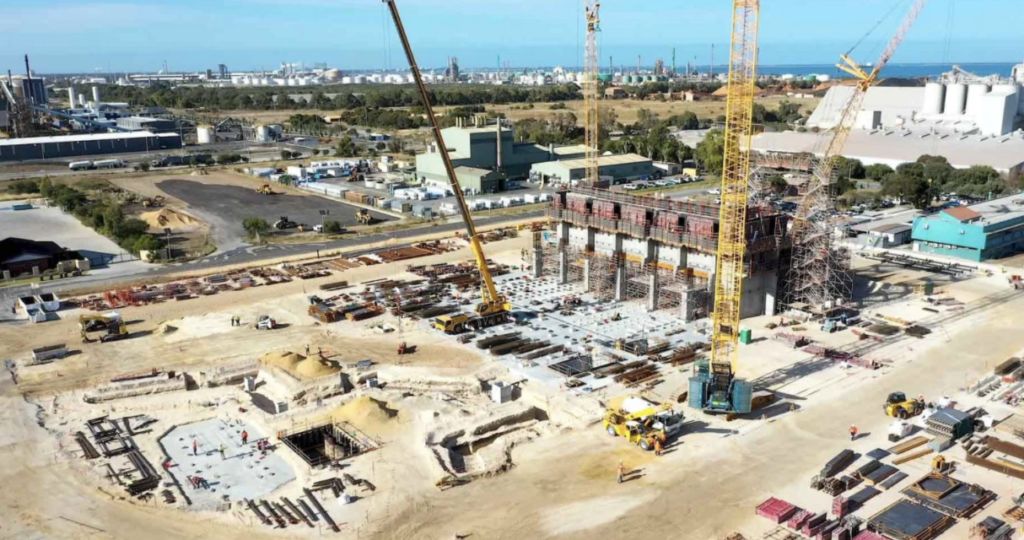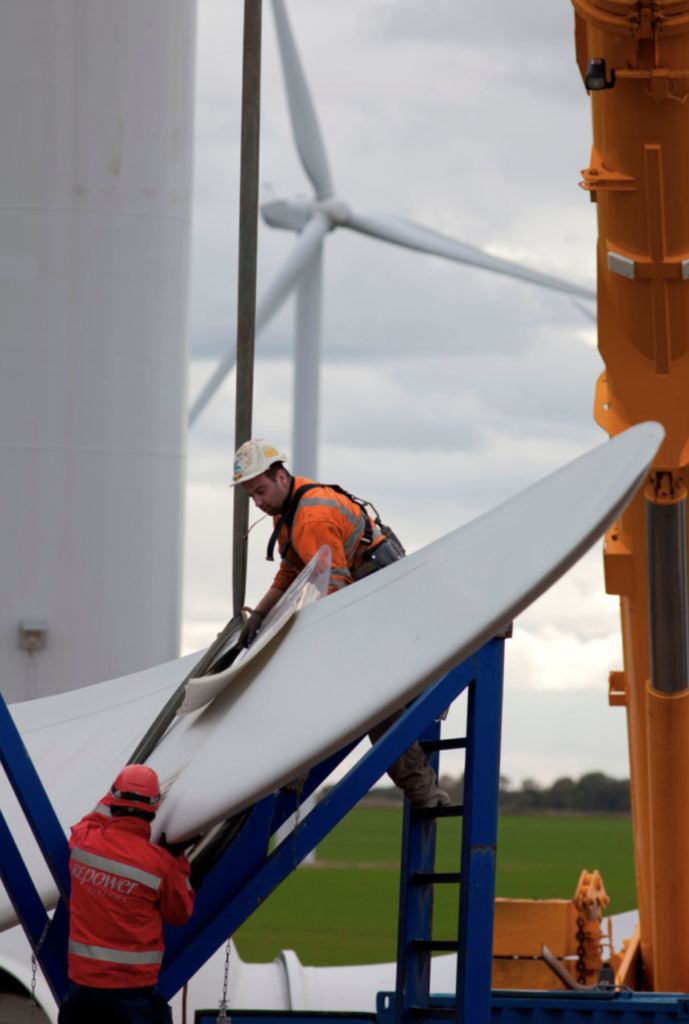Hobart College Environment Team

Our Questions
While we have worked as a society to reduce pollution in general, in more recent times there has been a focus on problems caused by plastic pollution. As fossil fuels are the building blocks for most of our plastics, reducing our use of plastics or finding alternatives is a significant goal.
The solution for this really must be elimination of fossil fuel-based plastics and substitution with sustainable alternatives. You have probably already heard of some of these such as bio plastics or biodegradable plastics and this can mean many things. In some instances, bio-plastics or renewable plastics could mean that they come from a renewable source and that it may also break down faster to harmless materials in the environment or through composting. Ideally, we need to replace the raw materials for these products that are currently sourced from fossil fuels to truly renewable materials. This is work being done by chemists to take natural polymers such as corn starch and cellulose and convert them into usable plastic substitutes. This can also have problems as it may divert arable land away from food production.
There is the potential for the next generation of packaging materials to be derived from seaweeds which can be grown in a sustainable manner without extra inputs such as fertilisers etc. as with land-based crops or biomass.
I think at this moment we are at the start of this race and there will be significant advances within the next 5 years which will have many beneficial effects on society but as a society we also need to play a major role in this transition.

This is an excellent question. Australia produces an astounding 70 million tonnes of waste annually and we need to deal with all this rubbish we create. In terms of plastic alone, in 2017-2018, some 3.4 million tonnes of plastic were used in Australia. Of that just 320,000 tonnes (only 9.4%) were recycled.
Historically, most of our waste has gone to landfill. About half of the waste we currently produce is able to be recycled, but Australia has recently seen a problematic breakdown in its recycling systems. We have partly dealt with the problem in recent years by shipping recyclables offshore to countries like China and Malaysia for processing. While dumping our rubbish in other countries is far from acceptable, shipping a “high quality” waste stream of recyclable material for effective processing and re-use is one way to make our global economy more circular. In 2018, though, China banned waste imports from Australia, and then in late 2020, Australia prohibited sending its own unprocessed waste overseas, partly to stimulate recycling systems in Australia.

Given we have so much waste to deal with, and only part of it can be recycled, much of the rest ends up in landfills. This is a problem in relation to climate change. Organic waste in landfills produces the greenhouse gas methane. Some landfills collect this for energy generation – not all – and the rest ends up in the atmosphere as a potent climate heating gas.
So could burning some of our waste be a better way to deal with it if it also produces energy from non-recyclable waste that would otherwise be sent to landfill? In terms of carbon accounting, waste-to-energy plants may potentially reduce greenhouse gas emissions. Australia’s biggest waste-to-energy plant at Kwinana in WA says it allows 486,000 tonnes of carbon dioxide emissions to be avoided each year. Australia now has two recently built state-of-the-art waste to energy plants, both in Western Australia. These plants emulate a technology that is becoming increasingly common in Europe and, if they are powered by material that is considered renewable – as designed to do – then they are considered by the Australian Renewable Energy Agency (ARENA) as a form of renewable energy. The ash which is the byproduct of this incineration process can be re-used, for example, in road building.

Despite being what sounds like a good solution to dealing with waste, incinerating rubbish is not without problems. There are certainly toxic chemicals associated with the process. Just one example, dioxins, a highly toxic and persistent organic pollutant, have been found in higher concentrations around waste incinerators. Above all, waste-to-energy plants ultimately also undermine a circular economy: they need us to keep producing large amounts of waste to keep going. If we are truly going to deal with waste in the most sustainable way, we need to produce less of it, and keep recycling materials. Needing waste to burn supports the continued production of waste, and ultimately, that’s not good for the planet. Overall, then, it's not a very sustainable practice - but it may have a use for some kinds of waste and in some places.
This is such a good question, as it shows you are thinking about that fact that all sources of energy, whether renewable or non-renewable (like fossil fuels) have some emissions associated with them.
We all know well that fossil fuels are a real problem because of the large amounts of greenhouse gases they emit when burned. We can turn to renewable energy as an alternative – things like solar, wind and hydro. However, these technologies also have some carbon emissions associated with them. For example, if we think of a wind turbine, while the power it generates is low carbon, it’s not zero carbon. Carbon dioxide emissions are generated throughout a wind turbine’s life cycle, from mining the raw materials to build it, to its manufacture, construction, maintenance and also decommissioning at the end of the turbine’s “life”.

Did you know hydroelectric dams, particularly in tropical areas, can also have significant methane emissions associated with them, due to vegetation rotting under the dam’s water for several years after dams are first flooded? Methane is a powerful greenhouse gas, meaning that even hydroelectricity isn’t entirely “emissions free”.
Though no energy source is “perfect” in terms of carbon emissions, the carbon emissions associated with renewable energy sources over their life cycles are much, much lower than emissions from burning fossil fuels. In the near future, we may be able manufacture things like the steel for wind turbines not using fossil fuel but instead, using green hydrogen, making life cycle emissions of renewable energy sources even lower.
You asked about mitigating emissions from all energy sources: this is where the role of carbon sinks and offsets comes in. Even when we reach “net zero”, there will still be some emissions. Net zero means achieving an overall balance between greenhouse gas emissions produced, and greenhouse gas emissions taken out of the atmosphere, for example by trees and natural environments. When we are able to achieve that balance, then we will be doing really well – so that energy we consume in our daily lives won’t have a detrimental effect on our atmosphere and on the planet.













